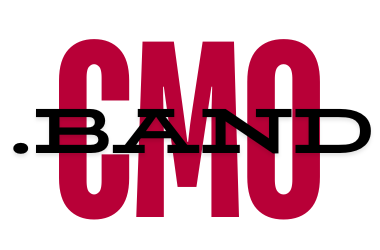The Power of Storytelling in Marketing: How Narrative Drives Engagement and Sales
In the digital age, where consumers are bombarded with countless advertisements every day, traditional marketing techniques can often fall short. That’s where the power of storytelling comes into play. As a digital marketing expert, I’ve observed firsthand how a compelling narrative can transform passive viewers into active participants and loyal customers. Let’s delve into why storytelling is so effective and how you can leverage it to boost your marketing efforts.
Why Storytelling?
Human Connection: Storytelling is fundamentally about human connection. From ancient times, stories have been a primary means by which humans communicate, educate, and entertain. In marketing, stories allow brands to forge a personal connection with their audience, making their message more relatable and memorable.
Emotional Engagement: Emotions drive decisions. A well-crafted story can evoke a range of emotions, from joy and hope to empathy and urgency, which can significantly influence consumer behavior. When customers feel emotionally invested, they are more likely to engage with your brand and eventually make a purchase.
Differentiation: In a crowded market, differentiation is key. Stories can highlight your unique value proposition in a way that facts and figures alone cannot. By telling your brand’s story, you can distinguish your offerings and resonate more deeply with your target audience.
How to Craft a Compelling Marketing Story
Know Your Audience: Effective storytelling starts with understanding who you are talking to. What are their needs, desires, and pain points? How do they spend their time, and what are their values? Insights into these questions will help you craft a story that appeals directly to your audience’s hearts and minds.
Define Your Core Message: Every story needs a clear and compelling message. What is the main idea you want your audience to remember? Whether it’s the innovation behind your product, the quality of your services, or the uniqueness of your brand, your core message should be simple yet powerful.
Be Authentic: Authenticity builds trust. Your story should be true to your brand’s values and mission. Consumers are savvy and can easily spot insincerity, which can damage your brand’s reputation. Authentic stories, on the other hand, enhance credibility and foster stronger relationships with your audience.
Use Visuals and Media: In digital marketing, visuals are crucial. Incorporate images, videos, and other multimedia elements to make your story more engaging. Visual storytelling can captivate viewers, making complex information easier to digest and more enjoyable to explore.
Incorporate Conflict and Resolution: Just like any good story, your marketing narrative should have a conflict or a challenge that your brand or customers face, followed by a resolution. This structure not only makes your story more interesting but also demonstrates how your brand can help customers overcome their challenges.
Examples of Successful Brand Storytelling
Apple’s “Think Different” Campaign: Apple has long been a master of storytelling, and its “Think Different” campaign is a prime example. By aligning itself with iconic rebels and thinkers, Apple didn’t just sell computers; it sold a lifestyle and a mindset. This emotional appeal has cultivated a loyal customer base that feels connected to what the brand stands for.
Dove’s “Real Beauty” Campaign: Dove transformed its brand image with its “Real Beauty” campaign, which uses real stories of real women to challenge traditional beauty standards. This powerful narrative resonates emotionally with consumers, significantly increasing Dove’s brand loyalty and customer base.
Airbnb’s “We Accept” Campaign: Airbnb uses storytelling to promote its brand values of diversity and acceptance. The “We Accept” campaign shares stories of hosts and guests from different backgrounds, fostering a sense of community and belonging. This not only enhances customer engagement but also positions Airbnb as a socially responsible brand.
Leveraging Storytelling for Your Brand
To integrate storytelling into your marketing strategy, start by identifying the stories behind your brand, products, or services. These could be stories about your founding, customer experiences, or how your products are made. Once you have your stories, use the strategies outlined above to refine and present them in a way that captivates your audience.
Remember, in marketing, you’re not just selling a product or service; you’re selling a piece of a story. The more compelling your story, the more your audience will engage with your brand, driving both engagement and sales.
In conclusion, storytelling is not just a tool but a powerful strategy that, when executed well, can deeply connect with your audience and set your brand apart in the competitive digital marketplace. Harness the power of narrative, and watch your brand grow not just in sales but also in meaningful engagement.

A seasoned digital marketing strategist with over 8 years of experience across various areas of digital marketing, including SEO, SMM, PPC, content marketing, and email marketing. Specializes in transforming B2B, B2C, e-commerce, and SaaS businesses by creating effective go-to-market strategies and building thriving digital ecosystems. Known for a data-driven approach to optimizing campaigns and maximizing results.
“If your business is looking to scale or in need of a fresh perspective, feel free to contact”.




